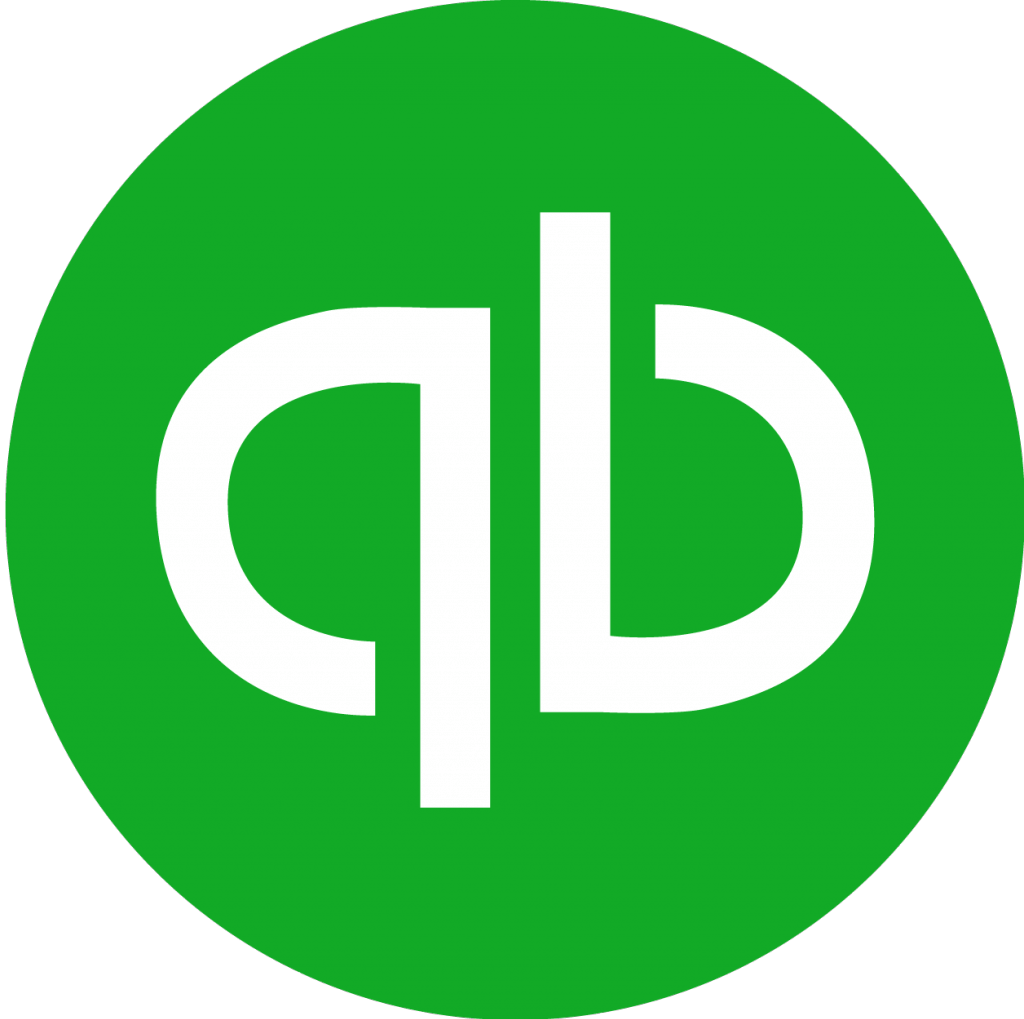Getting your data

Looking to free your QuickBooks Time data? Good, you’ve come to the right place.
## Getting connected
1. Select **Connections** from the main menu
2. Click the **New** button
3. Select **QuickBooks Time**
4. Give it a name (this is especially useful if you’re creating multiple QuickBooks Time connections)
5. Authorise the connection by following the prompts to sign in to your QuickBooks Time account
6. Done. Now watch as SyncHub begins retrieving your historical data.
To connect multiple QuickBooks Time accounts, simply follow the steps above for each one. Just make sure to check that your SyncHub plan allows for multiple API connections.
## Available endpoints
SyncHub works by regularly querying each endpoint in the QuickBooks Time API, checking for new and modified data. For each endpoint SyncHub produces a corresponding data table in your reporting tool. These are the endpoints currently available:
- Custom field
- Estimate
- Estimate item
- File
- Group
- Job code
- Job code assignment
- Location
- Managed client
- Notification
- Project
- Reminder
- Schedule calendar
- Schedule event
- Time off request
- Time off request entry
- Timesheet
- User
- Custom field item
- Group manager
- Job code location
- Schedule event assigned user
- Time off request note
- Timesheet file
- Timesheet custom field
- User paid time off balance
- User permissions
Need more data? No problem, please [let us know](https://www.synchub.io/contact) and we'll see if we can add it. Or if you're a data nerd like us, feel free to check out the QuickBooks Time API documentation to see what’s available.
### What data does SyncHub take from QuickBooks Time?
SyncHub extracts the endpoints above from QuickBooks Time, and stores it in your data warehouse.
### What data does SyncHub create or modify in QuickBooks Time?
Nothing. SyncHub is read-only and never sends data back to QuickBooks Time.
## Building your reports
SyncHub stores data in a relational database optimized for reporting. This means that reporting from your favourite reporting tool is as easy as using their standard _database connector_. We have detailed walkthroughs for the most popular reporting tools here:
- [Power BI](/kb/powerbi?api=quickbookstime)
- [Excel](/kb/excel?api=quickbookstime)
- [Tableau](/kb/tableau?api=quickbookstime)